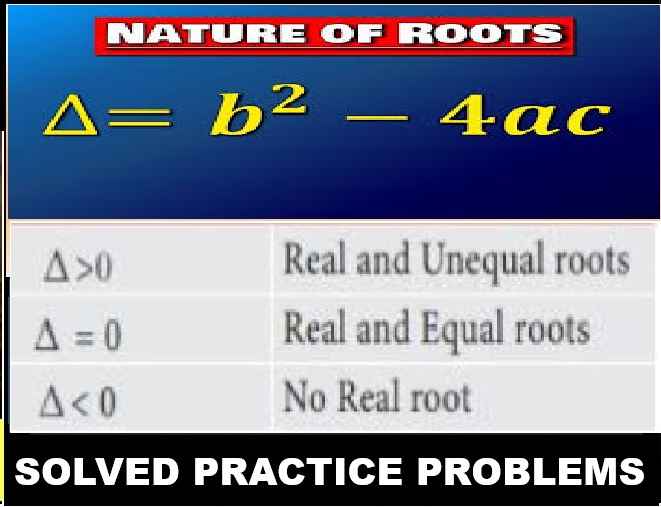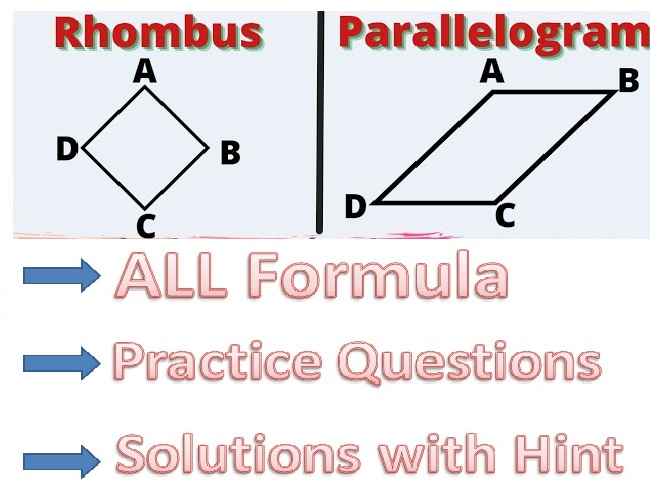The Flower MCQs Biology Class-9 ICSE Selina Publishers Solutions Chapter-4. Step By Step ICSE Selina Concise Solutions of Chapter-4 The Flower with Exercise-4 including MCQs, Very Short Answer Type, Short Answer Type, Long Answer Type and Structured/Application Questions Solved . Visit official Website CISCE for detail information about ICSE Board Class-9.
The Flower Exe-4 MCQs Biology Class-9 ICSE Concise Selina Publishers
| Board | ICSE |
| Publications | Selina Publication |
| Subject | Biology |
| Class | 9th |
| Chapter-4 | The Flower |
| Book Name | Concise |
| Topics | Solution of A. MCQs Type |
| Academic Session | 2023-2024 |
A. Multiple Choice Type
The Flower Class-9 Biology Concise Solutions
Page 37
Question 1. Choose the correct answer from the options given below:
(a) Bougainvillea flower is an example of
(i) incomplete flower
(ii) having a large nectary
(iii) water pollination
(iv) large colourful bracts
Answer:
(iv) large colourful bracts
(b) A flower is said to be complete when:
(i) It has the corolla and calyx
(ii) It has the corolla and gynoecium
(iii) It has the androecium and gynoecium
(iv) It has all the four whorls
Answer:
(iv) It has all the four whorls.
(c) The part of the flower that gives rise to the fruit is
(i) Sepals
(ii) Petals
(iii) Ovary
(iv) Stamens
Answer:
(iii) Ovary
(d) The part of the flower that gives rise to the seed is
(i) Ovary
(ii) Placenta
(iii) Ovule
(iv) Pollen grain
Answer:
(iii) Ovule
(e) The essential whorls of a flower are the
(i) Calyx and corolla
(ii) Stamen and ovary
(iii) Calyx and epicalyx
(iv) Androecium and gynoecium
Answer:
(iv) Androecium and gynoecium
(f) Floral stalk is technically termed as :
(i) Petiole
(ii) Peduncle
(iii) Pedicel
(iv) Funicle
Answer:
(iii) Pedicel
(g) Which part of the pistil serves as the landing place for pollen grains?
(i) Style
(ii) Ovary
(iii) Stigma
(iv) Ovules
Answer:
(iii) Stigma
(h) Perianth is the collective term for a group of:
(i) Sepals
(ii) Tepals
(iii) Bracts
(iv) Petals
Answer:
(ii) Tepals
(i) The condition of androecium, when, all the stamens are free from each other is termed as :
(i) Polyadelphous
(ii) Polysepalous
(iii) Polyandrous
(iv) Polypetalous
Answer:
(iii) Polyandrous
(j) The flower which contains both stamens and carpels is called as:
(i) Unisexual
(ii) Pistillate
(iii) Staminate
(iv) Hermaphrodite
Answer:
(iv) Hermaphrodite
— : End of The Flower A. MCQs Answer Class-9 ICSE Biology Solutions :–
Return to Return to Concise Selina ICSE Biology Class-9
Thanks
Please share with your friends


